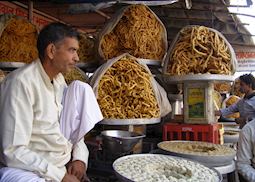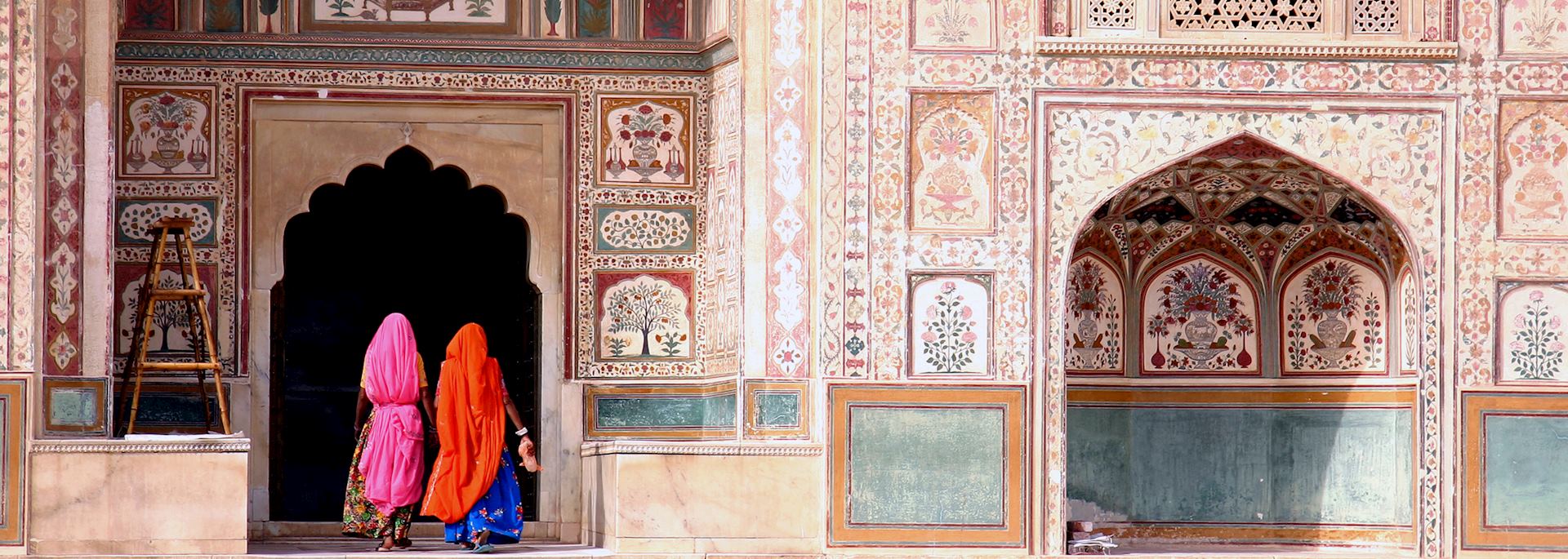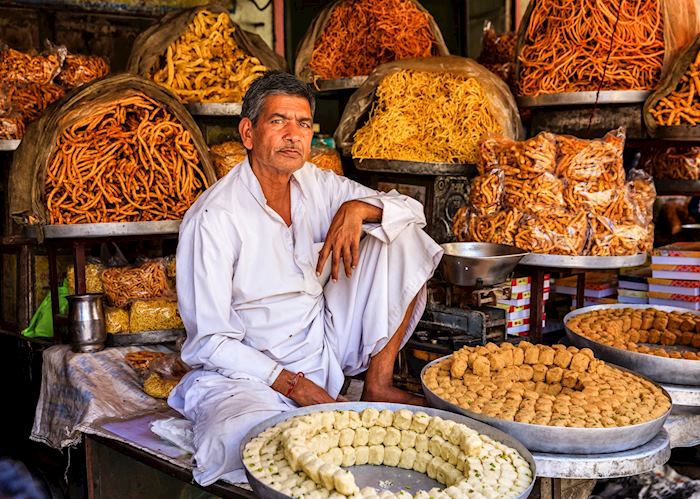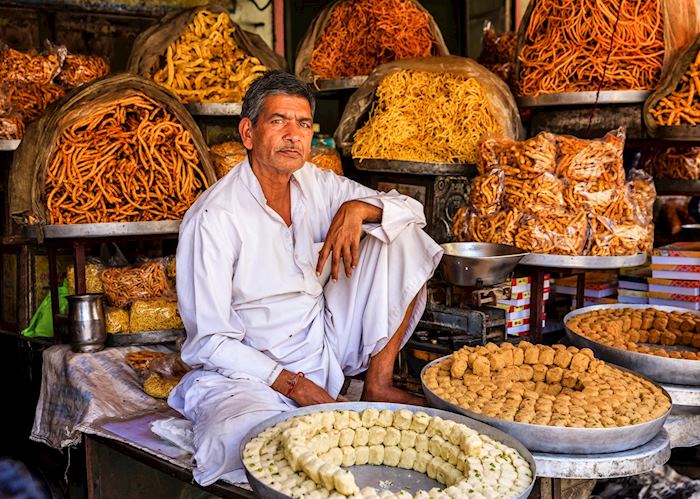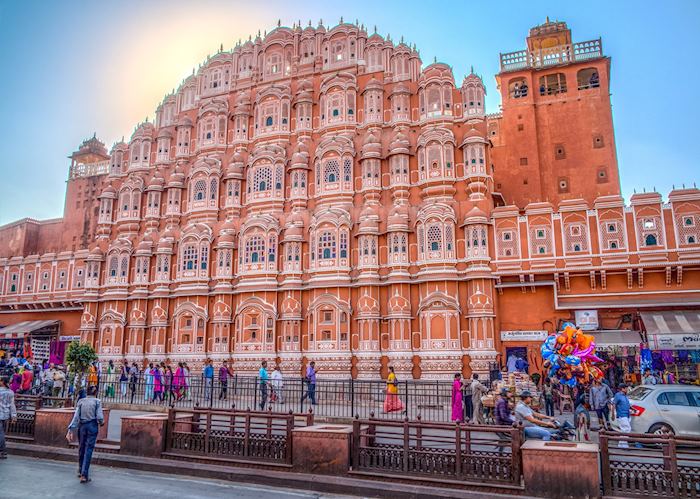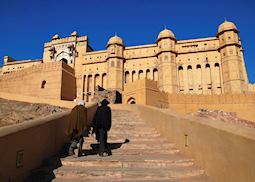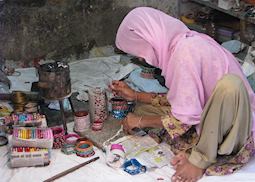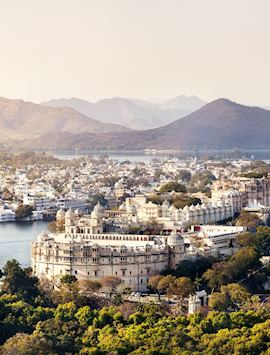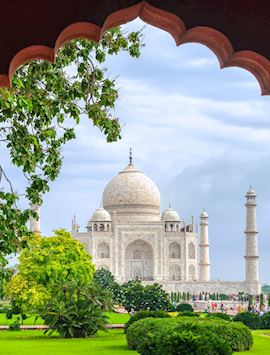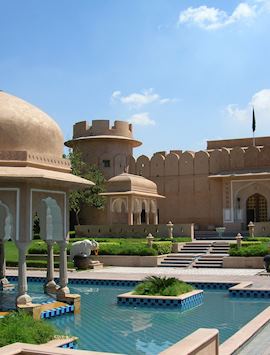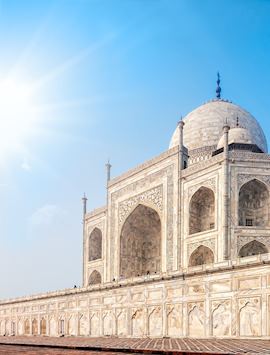Within the city of Jaipur are a number of interesting sights.
The first is the city palace and museum, dating from the early 18th century and belonging to the ruling Jaipur family. The palace houses a textile museum, armory and art gallery, with some stunning pictures showing the pageantry and pomp of life as an aristocrat. The palace can get busy with tour groups, but if you wait for only a few minutes, the group will have rushed on to something new.
Just outside the city palace is the Jantar Mantar, or observatory, built under the instructions of the astronomer King Sawai Jai Singh, in 1728, which has been designated as a World Heritage Site by UNESCO. The observatory requires a competent explanation, but with a good guide, you will really appreciate the complexity and detail which was needed to construct this amazing piece of work. The sun dials are accurate to within two seconds and are corrected for the local time in Jaipur, which is some minutes different from Delhi. In addition, there are a dozen structures which fix the position of the sun in each of the astrological signs. Astrology has always played an important part in Hindu life and is still used today before any business, political or marriage arrangement is undertaken.
The Hawa Mahal, or Palace of the Winds, lies adjacent to the main road between the city center and Amber, the former capital. The five storied structure was built in 1799 for the women of the royal entourage to observe the pageants passing along the streets below. The building is only one room deep, and is therefore only a façade, rather than a palace. You can not actually enter the building but you can stop on the roadside to view the Palace and take photographs if you wish.
